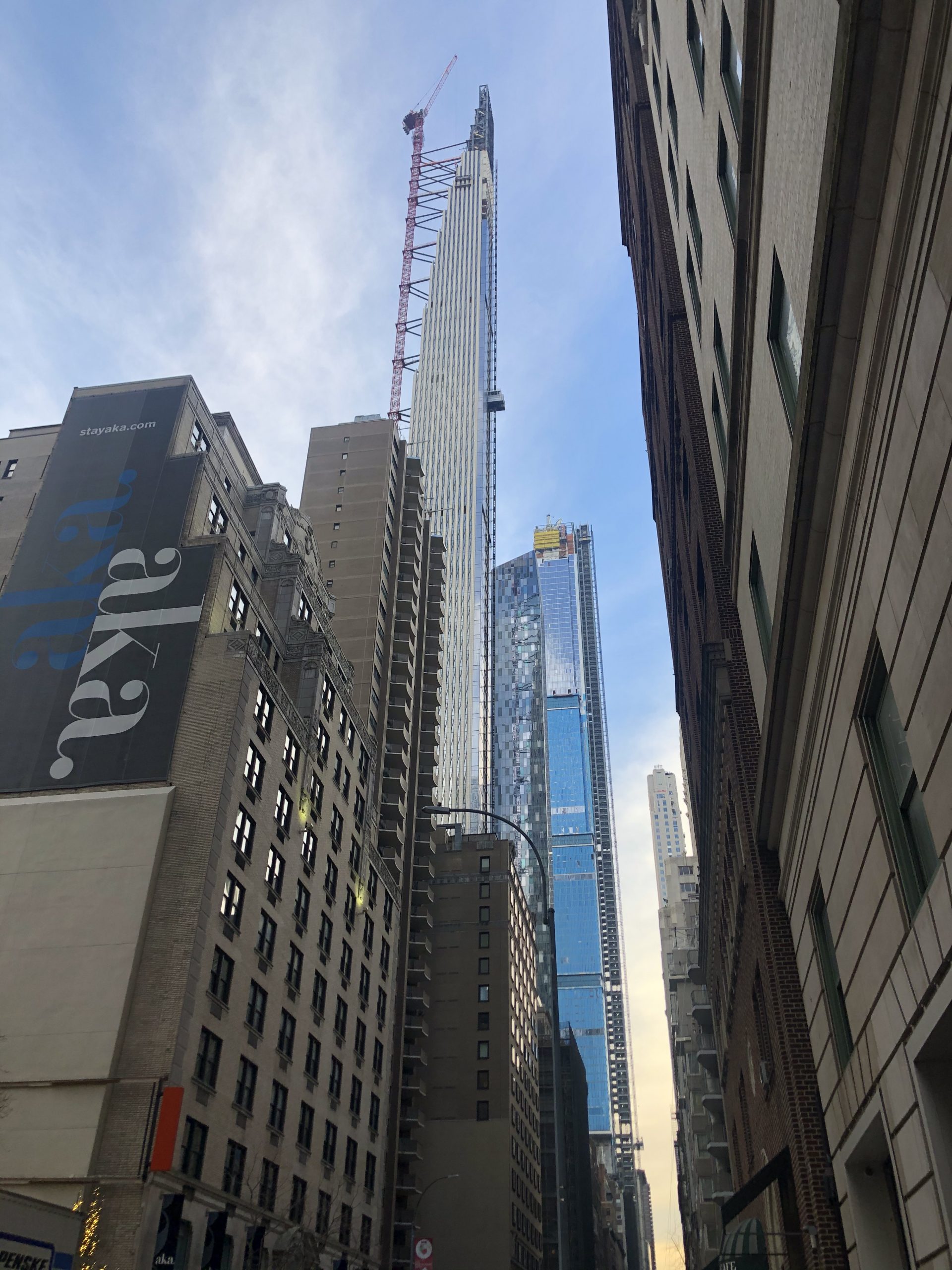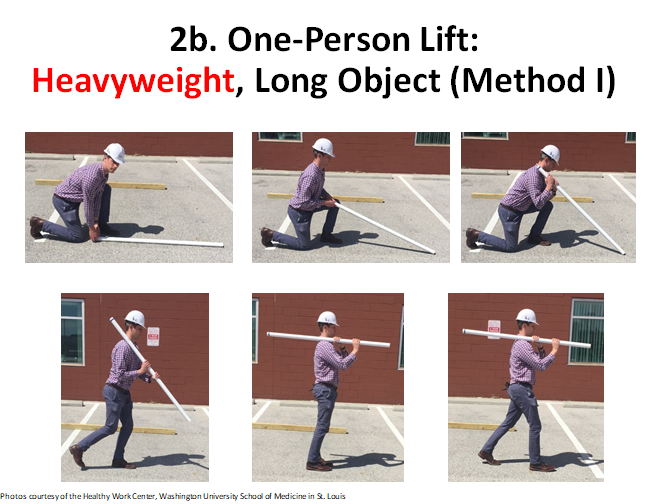 Now that the construction industry is restarting in most of the country, some contractors are using the help and advice of medical professionals. to keep the deadly virus out of their job sites. Medical consultants are being hired to make sure the new Covid-19 safety guidelines are applied proprely and health and safety staff are being seen on job sites screening construction workers temperature. Industrial hygienists are being hired to work on safety protocols. Infectious disease experts are providing consulting to construction companies with large amounts of workers to make sure they get advice on proper infection control practices across construction sites such as installation of washing stations, cleaning, new protocol with food vendors, proper face covering and contact tracing procedures. Many large contractors have also created their own Response Team in charge of working with medical experts to make sure recommendations are proprely implemented. They also try to hire health care providers with pandemic preparedness background to join theses teams on a full time basis. However because of the actual shortage of healthcare providers these positions are difficult to fill.
Now that the construction industry is restarting in most of the country, some contractors are using the help and advice of medical professionals. to keep the deadly virus out of their job sites. Medical consultants are being hired to make sure the new Covid-19 safety guidelines are applied proprely and health and safety staff are being seen on job sites screening construction workers temperature. Industrial hygienists are being hired to work on safety protocols. Infectious disease experts are providing consulting to construction companies with large amounts of workers to make sure they get advice on proper infection control practices across construction sites such as installation of washing stations, cleaning, new protocol with food vendors, proper face covering and contact tracing procedures. Many large contractors have also created their own Response Team in charge of working with medical experts to make sure recommendations are proprely implemented. They also try to hire health care providers with pandemic preparedness background to join theses teams on a full time basis. However because of the actual shortage of healthcare providers these positions are difficult to fill.
In New York, employers are responsible for the safety of their construction workers. A large contractor not only consulted with medical professionals for its construction sites but also for its corporate offices. The contractor uses automatic temperature checking stations, barriers between open offices as well as staggered start times with rotation schedules for their employees. The flow of offices has been re-designed to one way. Employees received personal lunch kits, and silver defender virus-killing tape was applied on door handles, coffee stations and copy machines. Additionally the marketing team of the company has been creating various videos to proprely train employees on how to access their job sites or their office, how to behave on the jobs site and in offices, how to socially distance while at work as well as how to use sanitation and cleaning.
Read more in Construction Dive
 Falls in construction are the main cause of construction worker deaths and injuries. In the US, every year around 200 workers die and 10,000 suffer personal injury after they fell on a construction site.
Falls in construction are the main cause of construction worker deaths and injuries. In the US, every year around 200 workers die and 10,000 suffer personal injury after they fell on a construction site. New York Personal Injury Attorneys Blog
New York Personal Injury Attorneys Blog











